- Anti-infection抗感染症
- Antibody-drug Conjugate/ADC Related抗体薬物複合体/ADC 関連
- Apoptosisアポトーシス
- Autophagyオートファジー
- Cell Cycle/DNA Damage細胞周期/DNA 損傷
- Cytoskeleton細胞骨格
- Epigeneticsエピジェネティクス
- GPCR/G ProteinGPCR/G タンパク質
- Immunology/Inflammation免疫学/炎症
- JAK/STAT SignalingJAK/STAT シグナル伝達
- MAPK/ERK PathwayMAPK/ERK 経路
- Membrane Transporter/Ion Channel膜輸送体/イオンチャネル
- Metabolic Enzyme/Protease代謝酵素/プロテアーゼ
- Neuronal Signaling神経シグナル伝達
- NF-κB
- PI3K/Akt/mTOR
- PROTAC
- Protein Tyrosine Kinase/RTK受容体型チロシンキナーゼ
- Stem Cell/Wnt幹細胞/Wnt
- TGF-beta/SmadTGF-beta/Smad
- Vitamin D Related/Nuclear Receptorビタミン D 関連/核受容体
- Othersその他
Anti-infection
Cell Cycle/DNA Damage
Epigenetics
GPCR/G Protein
Immunology/Inflammation
Membrane Transporter/Ion Channel
Metabolic Enzyme/Protease
- 11β-HSD
- 15-PGDH
- 17β-HSD
- 5 alpha Reductase
- Acetolactate Synthase (ALS)
- Acetyl-CoA Carboxylase
- Acyltransferase
- ADAMTS
- Adiponectin Receptor
- Aldehyde Dehydrogenase (ALDH)
- Aldose Reductase
- Aminoacyl-tRNA Synthetase
- Aminopeptidase
- Amylases
- Angiotensin-converting Enzyme (ACE)
- Arginase
- ATGL
- ATP Citrate Lyase
- Carbonic Anhydrase
- Carboxypeptidase
Neuronal Signaling
Protein Tyrosine Kinase/RTK
Stem Cell/Wnt
- 化合物スクリーニングライブラリ
- 生物活性スクリーニングライブラリ
- •生物活性化合物ライブラリ
- 薬剤再利用シリーズ
- •薬剤再利用シリーズ
- •ドラッグリポジショニング化合物ライブラリ
- 天然物シリーズ
- •天然化合物ライブラリ
- •天然物類似化合物ライブラリ
- 代謝シリーズ
- •ヒト内因性代謝物ライブラリ
- 疾患関連化合物ライブラリ
- シグナル伝達シリーズ
- フラグメントライブラリ
- 多様性化合物ライブラリ
- •50K Diversity Library
- •5K Scaffold Library
- •3D Diverse Fragment Library
- バーチャルスクリーニング
- •50K Virtual Diversity Library
- •10M Virtual Diversity Library
- リコンビナントタンパク質
- Cytokines and Growth Factors
- Immune Checkpoint Proteins
- CAR-T Related Proteins
- CD Antigens
- Fc Receptors
- Receptor Proteins
- Enzymes & Regulators
- Complement System
- Ubiquitin Related Proteins
- Viral Proteins
- Biotinylated Proteins
- Fluorescent-labeled Proteins
- GMP-grade Proteins
- Animal-free Recombinant Proteins
- タンパク質発現サービス
- カスタム合成サービス
- ADC 関連カスタムサービス
- PROTAC 関連カスタムサービス
- Cytokines and Growth Factors
- Immune Checkpoint Proteins
- CAR-T Related Proteins
- CD Antigens
- Fc Receptors
- Receptor Proteins
- Enzymes & Regulators
- Complement System
- Ubiquitin Related Proteins
- Viral Proteins
- Biotinylated Proteins
- Fluorescent-labeled Proteins
- GMP-grade Proteins
- Animal-free Recombinant Proteins
- Others
- View More
CAR-T Related Proteins
- CD4
- CD19
- CD123
- CD138/Syndecan-1
- Epithelial Cell Adhesion Molecule (EpCAM)
- Folate Receptor 1
- GPC-3
- Guanylate Cyclase 2C
- ErbB2/HER2
- ErbB3/HER3
- c-Met/HGFR
- MSLN
- CA-125
- ROR1
- CEACAM-5
- Natural Killer Group 2, Member D (NKG2D)
- Prostate Specific Membrane Antigen
- CRACC/SLAMF7
- TROP-2
- Siglec-6
- Folate Receptor alpha (FR-alpha)
- CD7
- MUC-1/CD227
CD Antigens
- T Cell CD Proteins
- B Cell CD Proteins
- NK Cell CD Proteins
- Macrophage CD Proteins
- Monocyte CD Proteins
- Stem Cell CD Proteins
- Platelet CD Proteins
- Erythrocyte CD Proteins
- Dendritic Cell CD Proteins
- Epithelial cell CD Proteins
- Endothelial cell CD Proteins
- Signal Transduction-related CD Proteins
- Cell Adhesion-related CD Proteins
Receptor Proteins
- Receptor Tyrosine Kinases
- Receptor Serine/Threonine Kinases
- Receptor Tyrosine Phosphatase
- Receptor Guanylyl Cyclase Family
- Cell Adhesion Molecules (CAMs)
- G-Protein-Coupled Receptors (GPCRs)
- Nuclear Receptor Superfamily
- Pattern Recognition Receptors
- Notch family
- Siglec
- Leukocyte Immunoglobin-like Receptors
- Killer-Cell Immunoglobulin-like Receptors
- Cytokine Receptors
Enzymes & Regulators
- Oxidoreductases (EC 1)
- Transferases (EC 2)
- Hydrolases (EC 3)
- Lyases (EC 4)
- Isomerases (EC 5)
- Ligases (EC 6)
- Translocases (EC 7)
- Matrix Metalloproteinases
- ADAMs/ADAMTSs
- Cathepsin
- Carboxypeptidase
- Angiotensin-converting Enzymes
- Caspase
- Carbonic Anhydrase
- Serine/Threonine Kinase Proteins
- Protein Tyrosine Kinases
- Phosphatase
- Topoisomerase
- Protease Inhibitors
- Protein Kinase Inhibitor Peptide (PKI)
- Cyclin-Dependent Kinase Inhibitor Proteins
- Cystatin Family
- カスタム合成サービス
- バルクおよびカスタム合成サービス
- ADC 関連カスタムサービス
- PROTAC 関連カスタムサービス
- カスタム標準品
- スタムペプチド合成
- タンパク質発現サービス
- タンパク質結晶構造解析
- オリゴヌクレオチド合成
- 蛍光標識サービス
- 安定同位体標識化合物のカスタム合成
- One-stop CDMO サービス
- One-stop 化合物スクリーニングプラットフォーム
- バーチャルスクリーニング
- 分子動力学シミュレーション
- 細胞ベースの化合物スクリーニング
- イオンチャネルスクリーニング
- キナーゼスクリーニングサービス
- SPR アッセイサービス
- GPCR バイオアッセイスクリーニングサービス
- 核内受容体スクリーニングサービス
- アフィニティー選択質量分析
- DEL合成とスクリーニング
- モル濃度計算機
- 希釈計算機







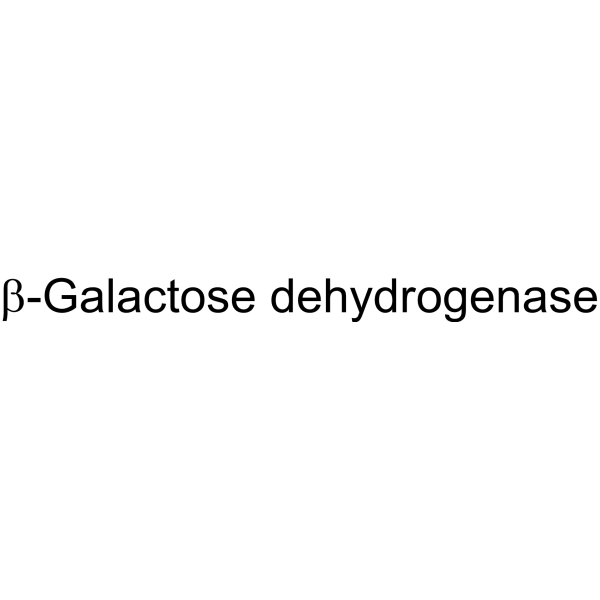
![Dp[Tyr(methyl)2,Arg8]-Vasopressin](http://file.medchemexpress.com/product_pic/hy-p3213.gif)
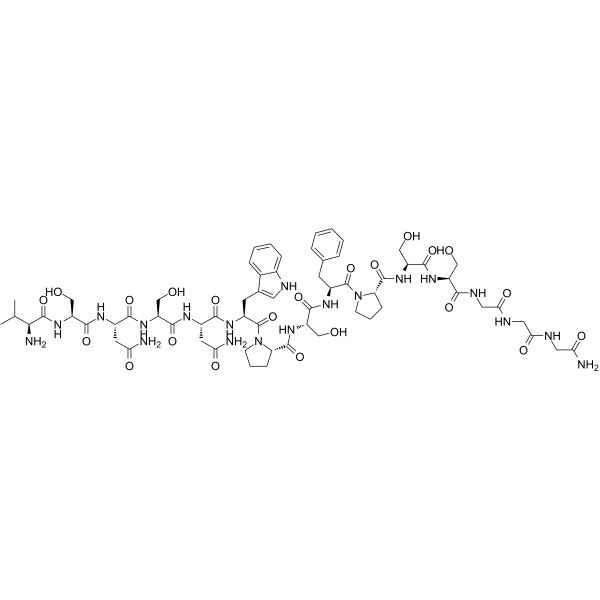
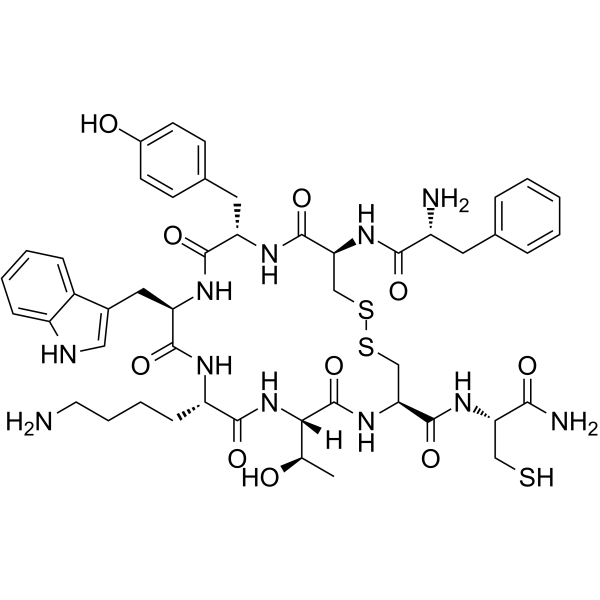
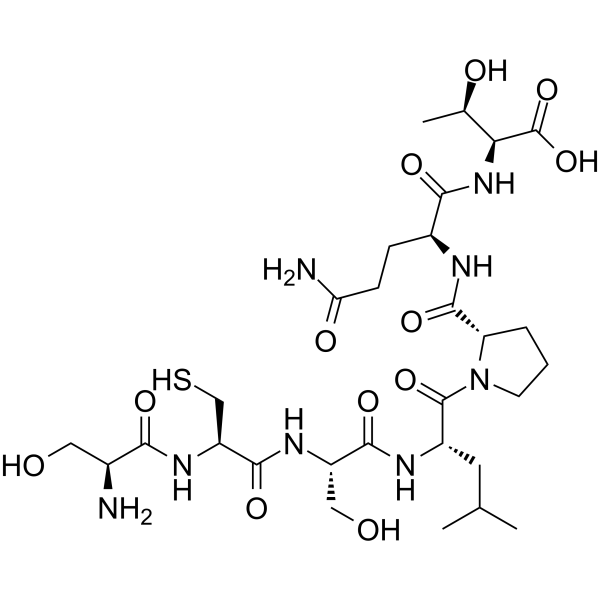

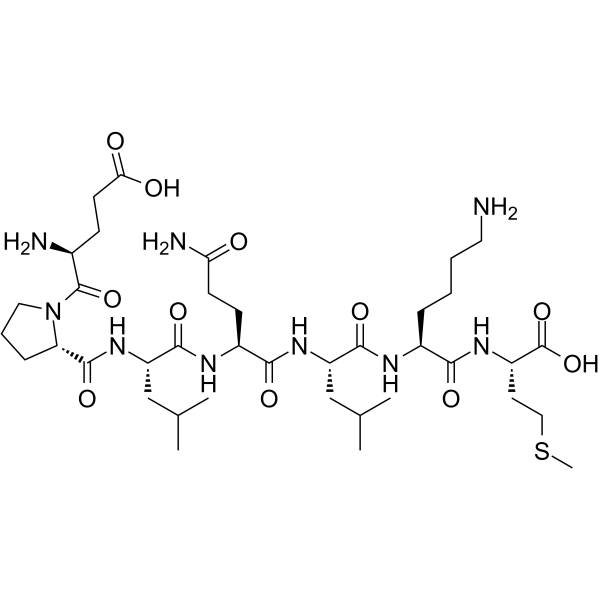





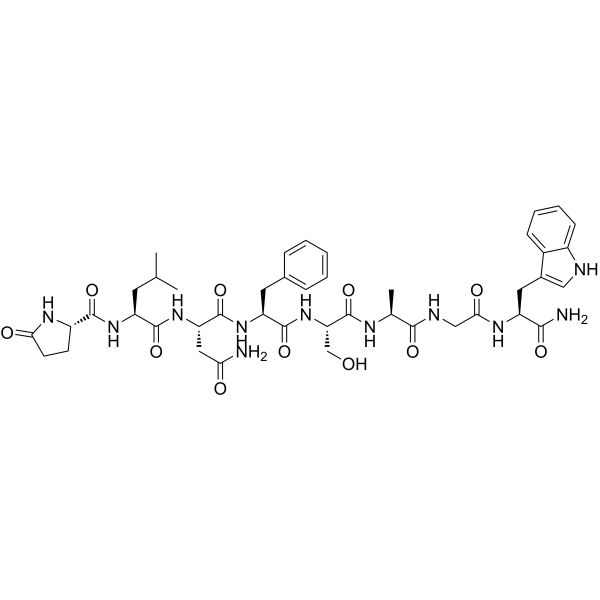
![[Tyr0] Gastric Inhibitory Peptide (23-42), human](http://file.medchemexpress.com/product_pic/hy-p3577.gif)

![[Des-His1,Glu9] Glucagon](http://file.medchemexpress.com/product_pic/hy-p3608.gif)





